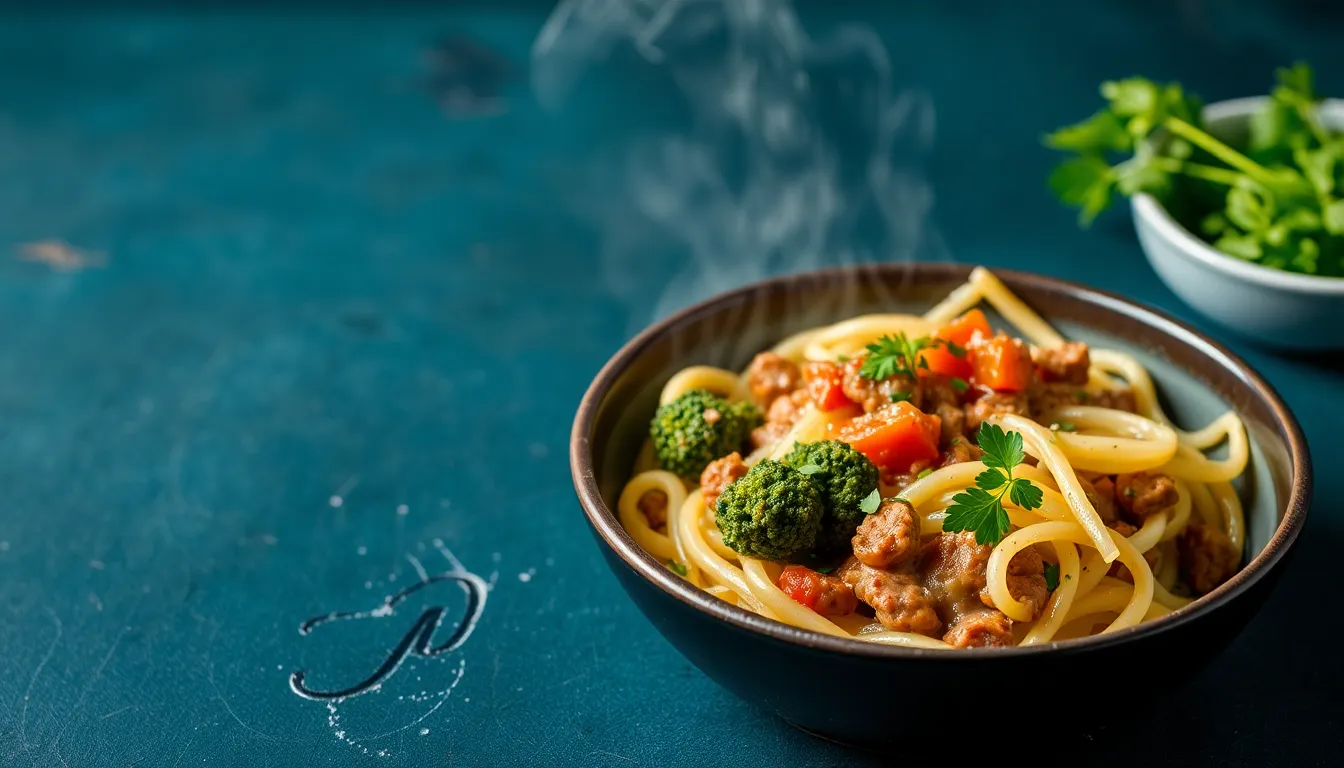The Perfect Stir-Fry Protein: Tofu, Chicken, or Beef?
Introduction
Stir-frying is a cooking technique that has captured the hearts and palates of food lovers around the globe. It’s a versatile method that allows for the quick preparation of a variety of ingredients, resulting in vibrant, flavorful dishes that are as pleasing to the eye as they are to the taste buds. The choice of protein plays a crucial role in the flavor and nutritional value of your stir-fry, whether you prefer the plant-based goodness of tofu, the classic appeal of chicken, or the rich, robust taste of beef. In this article, we will explore the characteristics of each protein option, comparing their benefits, cooking tips, and flavor pairings.
Section 1: Understanding Stir-Fry
Stir-fry is a cooking method that originated in Asia, characterized by quickly frying food in a small amount of hot oil while stirring continuously. This technique allows for the even cooking of ingredients, preserving their color, texture, and nutritional value. A successful stir-fry typically includes:
- Proteins: The foundation of the dish.
- Vegetables: Fresh, crisp, and colorful additions.
- Sauces: Enhance flavor and moisture.
- Seasonings: Bring the dish to life with herbs and spices.
The benefits of stir-frying are numerous:
- Quick cooking time, making it ideal for busy lifestyles.
- Nutrient retention, as foods are cooked quickly and at high temperatures.
- Flavor enhancement through the caramelization of ingredients.
Section 2: Tofu – The Plant-Based Protein
Subsection 2.1: Nutritional Benefits of Tofu
Tofu is a fantastic plant-based protein option, making it a popular choice among vegetarians and vegans. Here are some nutritional benefits:
- High in protein while being low in calories.
- Rich in essential minerals such as iron and calcium.
Subsection 2.2: Types of Tofu
Tofu comes in various forms, each suitable for different cooking methods:
- Silken Tofu: Soft and creamy, ideal for smoothies and soups.
- Firm Tofu: Great for stir-frying and grilling.
- Extra Firm Tofu: Holds its shape well; perfect for skewers and stir-fries.
Subsection 2.3: Cooking Tips for Tofu
Here are some cooking tips to make the most of tofu in your stir-fry:
- Marinating Techniques: Tofu absorbs flavors well, so marinate it for at least 30 minutes in your favorite sauce.
- Best Cooking Methods: Pan-frying, baking, or grilling are excellent options to achieve a crispy texture.
Subsection 2.4: Flavor Pairings
Tofu pairs beautifully with a range of sauces and spices:
- Soy sauce and ginger for an Asian twist.
- Chili paste for heat.
- Sesame oil for a nutty flavor.
Section 3: Chicken – The Classic Choice
Subsection 3.1: Nutritional Benefits of Chicken
Chicken is a staple protein source known for its health benefits:
- Lean protein source that supports muscle growth.
- Rich in B vitamins essential for energy production.
Subsection 3.2: Types of Chicken Cuts for Stir-Fry
Different cuts of chicken can be used for stir-frying:
- Breast: Lean and easy to cook.
- Thighs: Juicier and more flavorful.
- Wings: Can be used for a unique twist in stir-fries.
Subsection 3.3: Cooking Tips for Chicken
To achieve the best results when cooking chicken:
- Optimal Cooking Temperatures: Cook chicken at a high heat to ensure a crispy exterior.
- Slicing Techniques: Slice the chicken against the grain for tender bites.
Subsection 3.4: Flavor Pairings
Chicken pairs well with a variety of marinades and sauces:
- Teriyaki sauce for a sweet glaze.
- Lemon garlic for a zesty kick.
- Sweet and sour sauce for a delicious contrast.
Section 4: Beef – The Flavorful Option
Subsection 4.1: Nutritional Benefits of Beef
Beef is a rich source of nutrients:
- High in protein, making it a filling option.
- Rich in iron and zinc, important for overall health.
Subsection 4.2: Best Cuts of Beef for Stir-Fry
For the best results in your stir-fry, consider these cuts:
- Flank Steak: Lean and flavorful.
- Sirloin: Tender and versatile.
- Ribeye: Rich and juicy.
Subsection 4.3: Cooking Tips for Beef
Cooking beef properly is crucial for great texture and flavor:
- Slicing Against the Grain: This helps in achieving tenderness.
- Marination and Cooking Time Considerations: Marinate for at least 30 minutes and cook quickly over high heat.
Subsection 4.4: Flavor Pairings
Beef can be enhanced with various sauces and spices:
- Black bean sauce for depth.
- Hoisin sauce for sweetness.
- Garlic and black pepper for a classic flavor combination.
Section 5: Comparative Analysis
To help you decide which protein to use in your next stir-fry, here’s a nutritional comparison of tofu, chicken, and beef:
| Protein Type | Calories per 100g | Protein (g) | Fat (g) | Key Vitamins/Minerals |
|---|---|---|---|---|
| Tofu | 76 | 8 | 4.8 | Iron, Calcium |
| Chicken | 165 | 31 | 3.6 | B Vitamins, Selenium |
| Beef | 250 | 26 | 20 | Iron, Zinc |
As you can see from the table, each protein has its unique advantages. Tofu offers a low-calorie, plant-based option that is rich in essential minerals. Chicken provides a lean protein source packed with B vitamins, while beef delivers a hearty portion of protein and nutrients like iron and zinc.
Ultimately, the choice of protein for your stir-fry will depend on your dietary preferences, nutritional needs, and flavor desires. Whether you’re enjoying a vibrant tofu stir-fry, a classic chicken dish, or a rich beef creation, each option can lead to delicious, satisfying meals that highlight the beauty of stir-frying.
Conclusion
In conclusion, the perfect stir-fry protein boils down to personal preference and dietary requirements. Tofu offers a healthy and protein-rich vegan option, chicken provides a versatile and classic favorite, while beef adds a robust, savory flavor to any dish. Experiment with different proteins, marinades, and vegetables to create your own signature stir-fry. Happy cooking!




